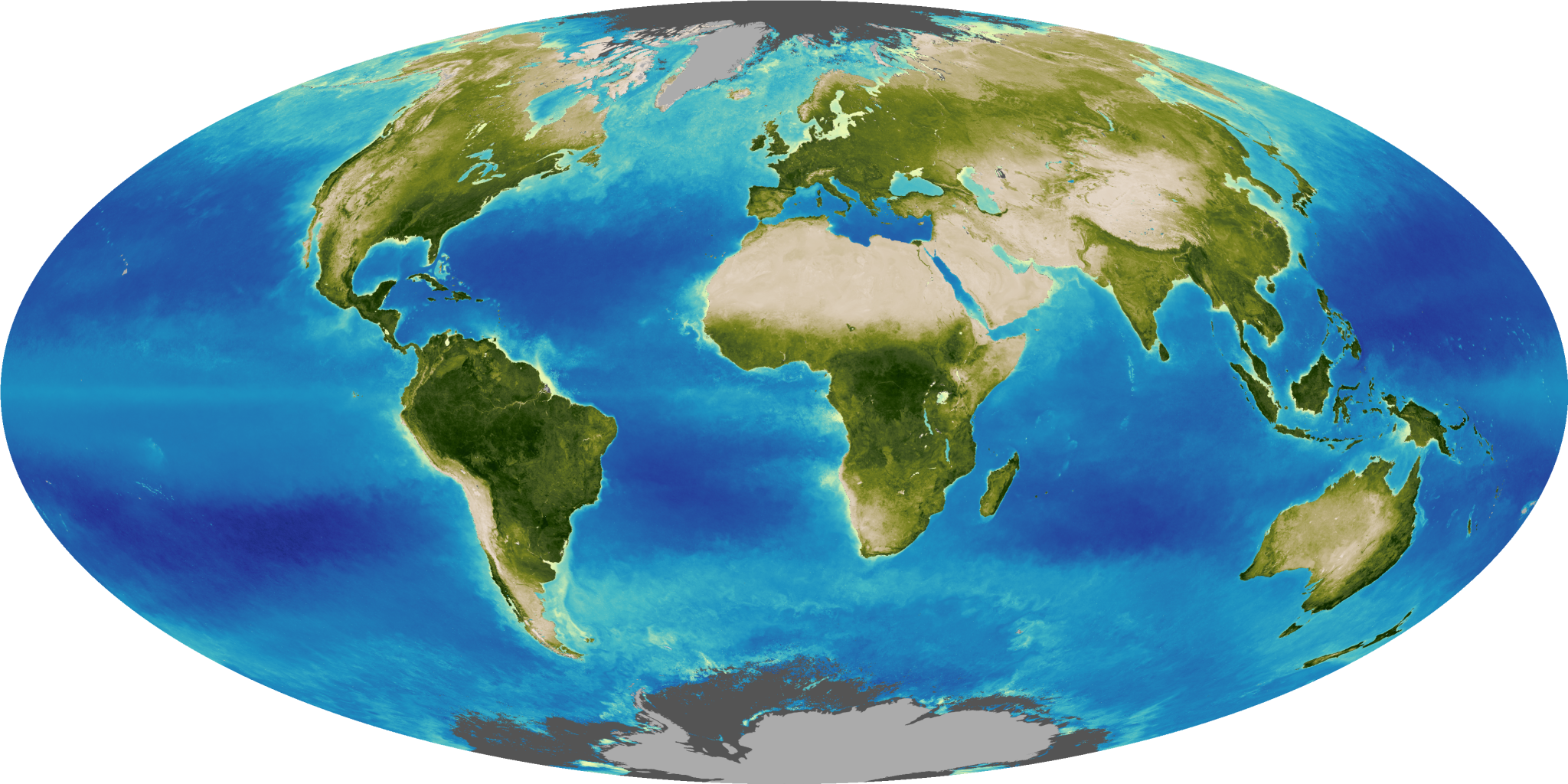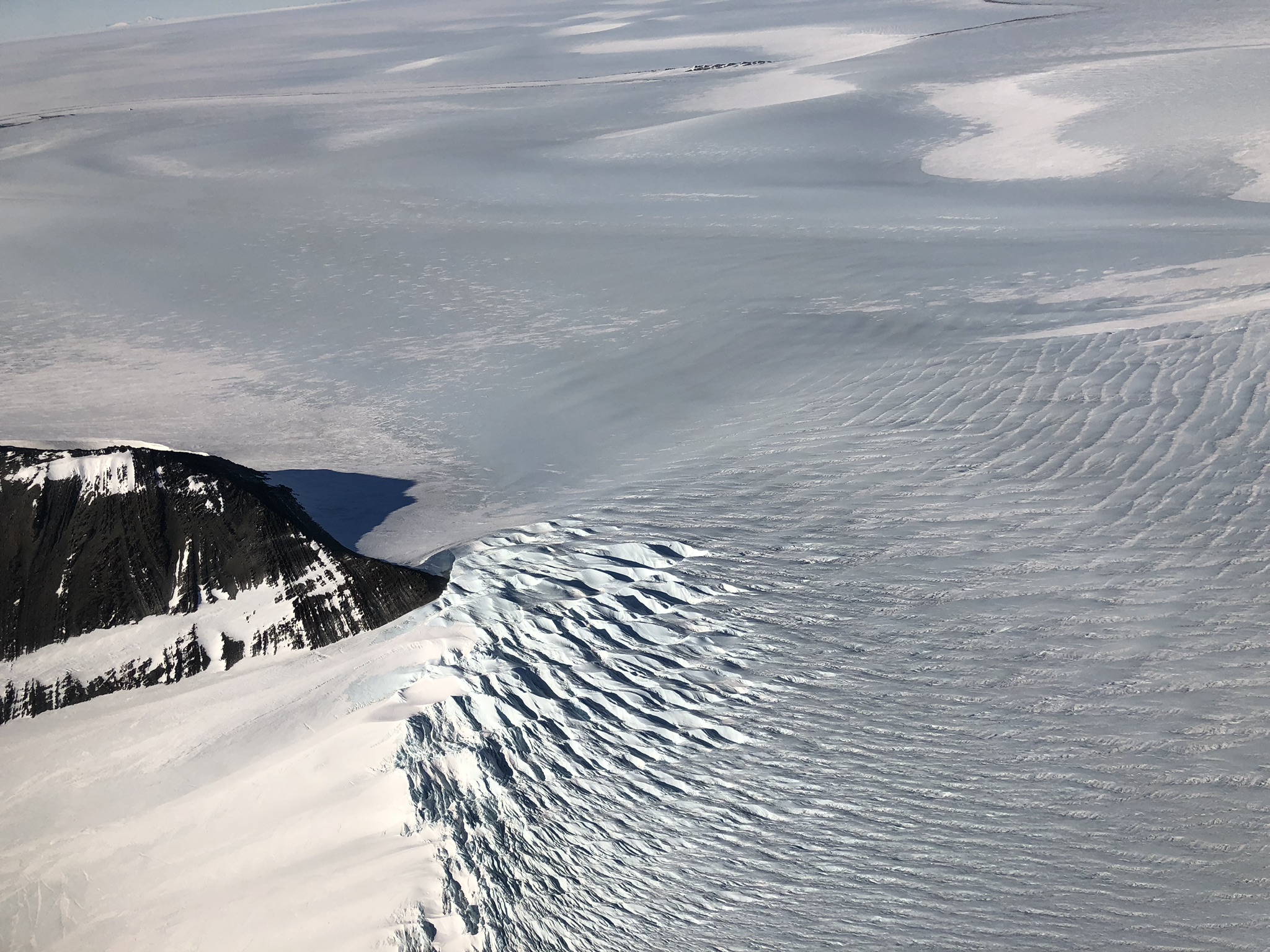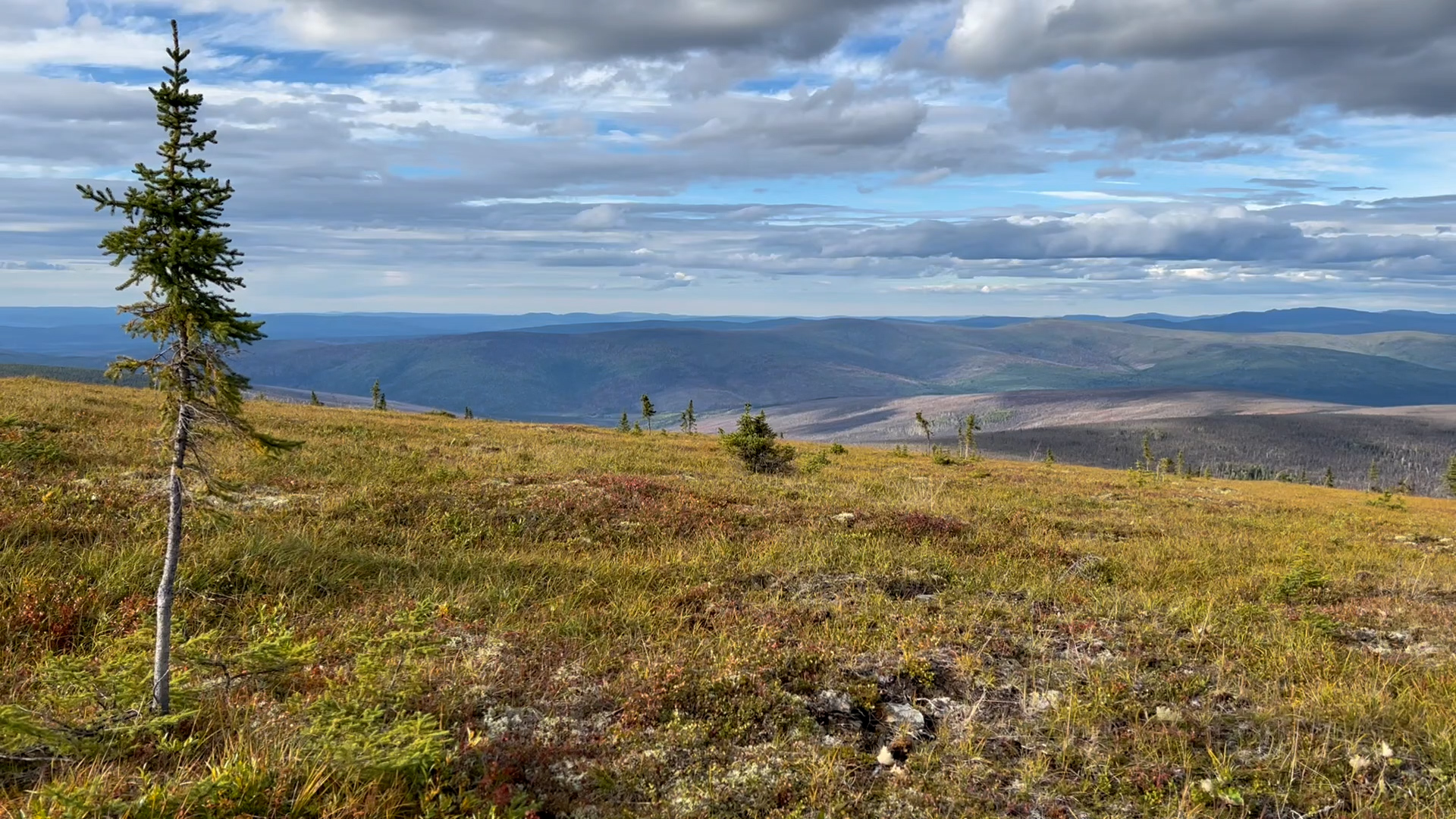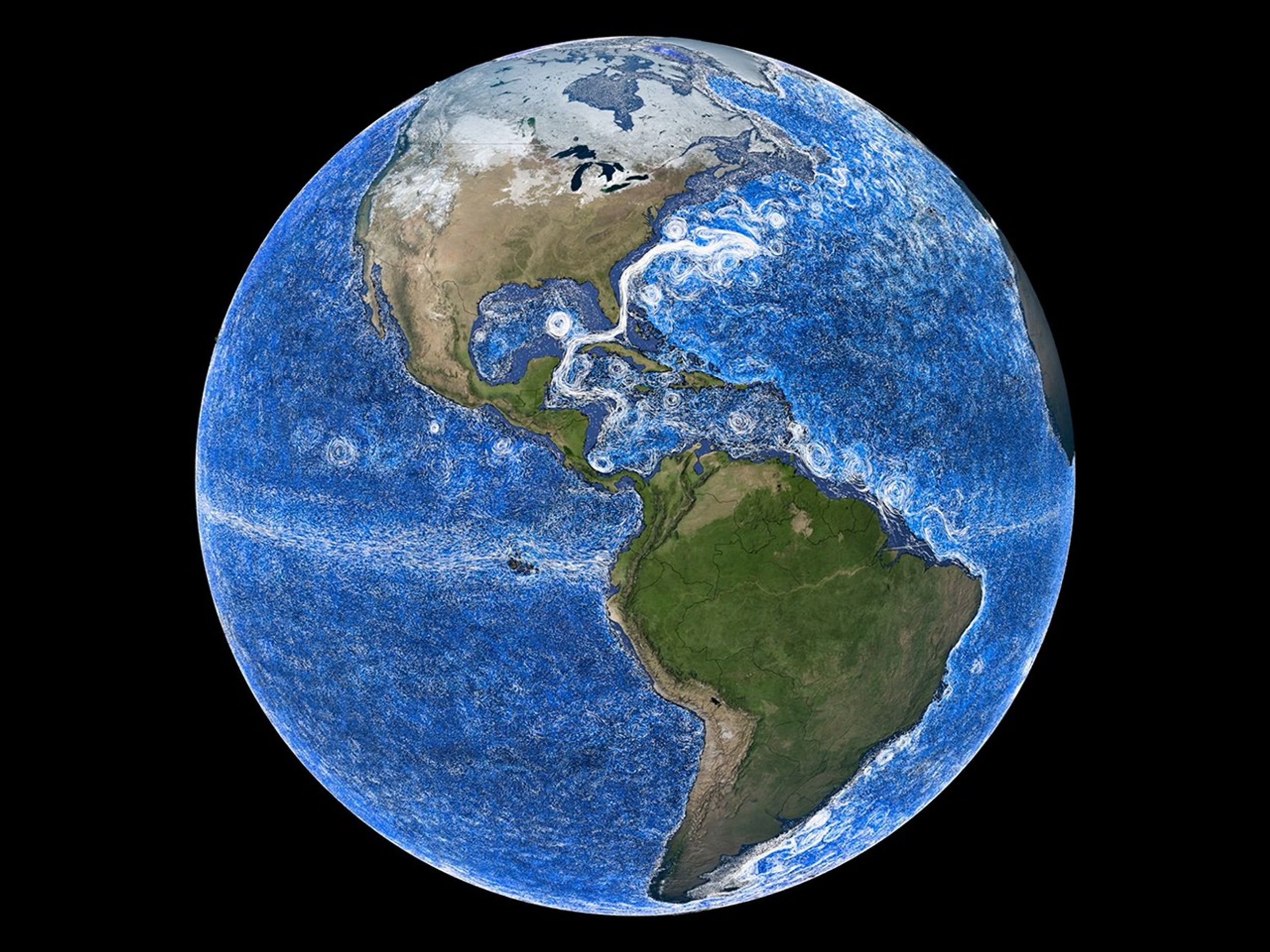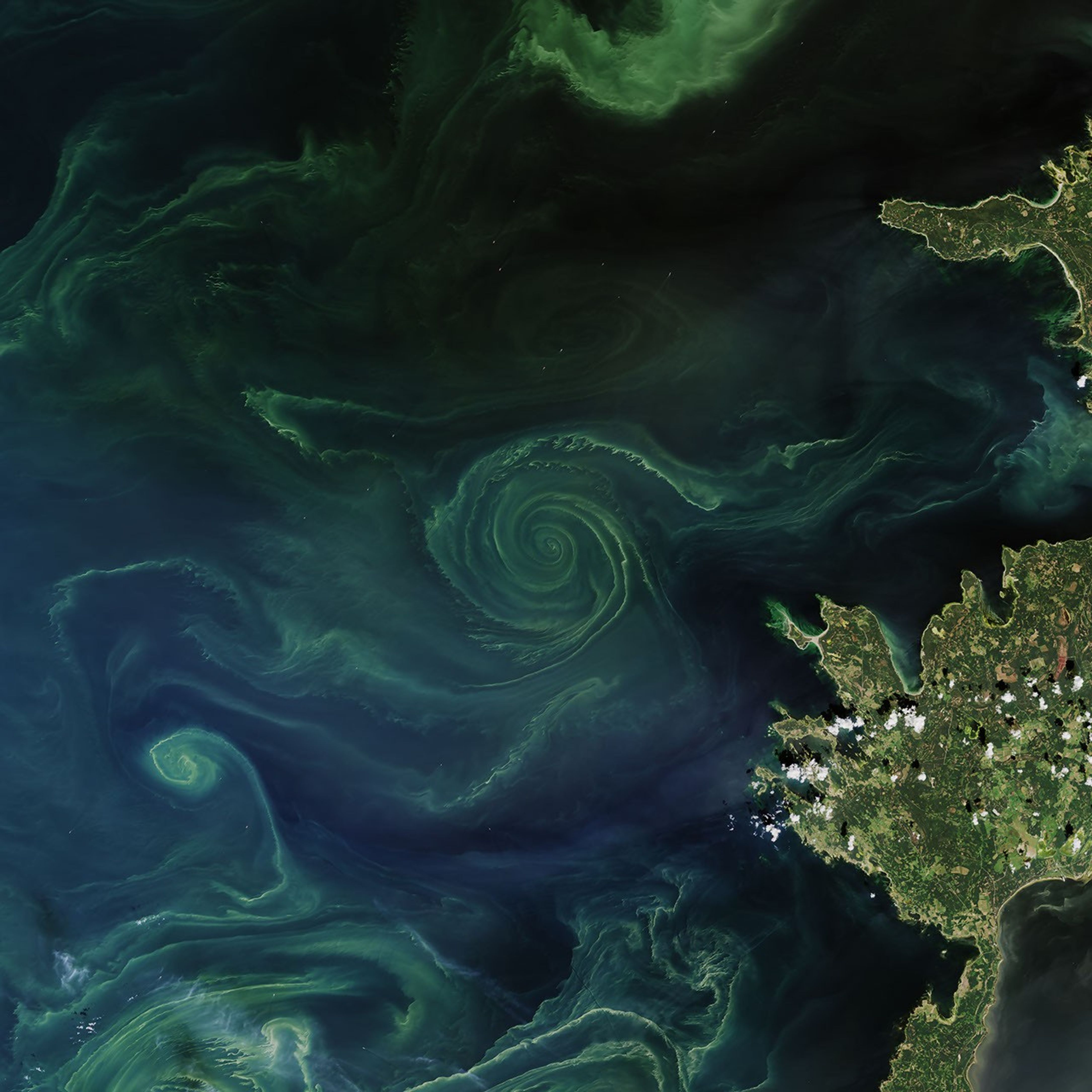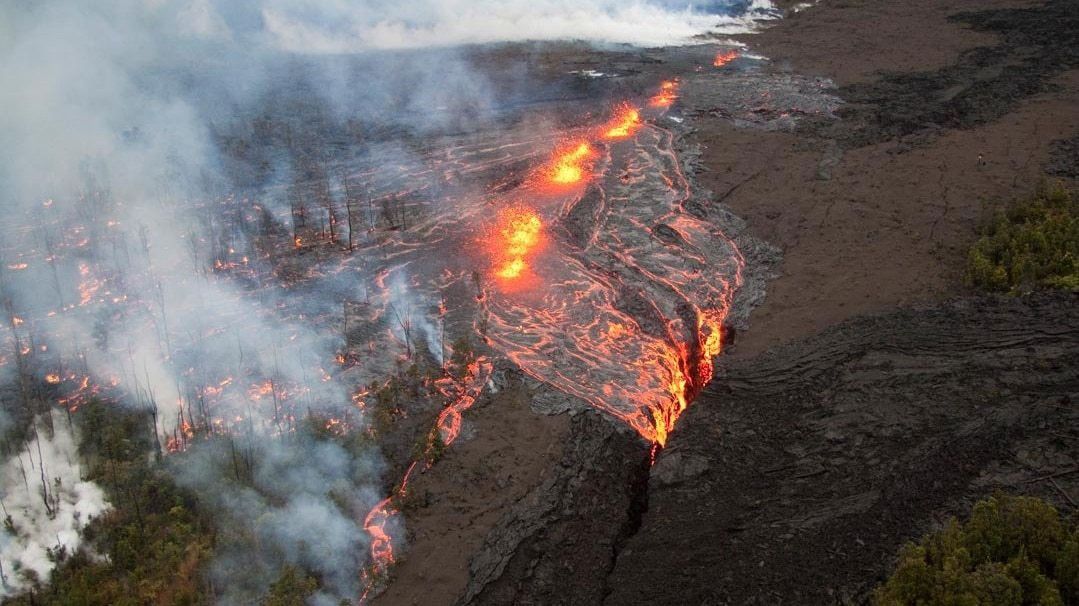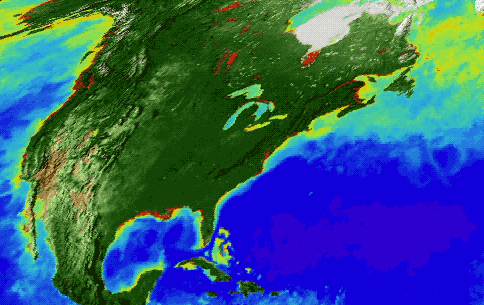Where Does NASA Fit?
For decades, NASA satellites have been collecting data that gives scientists an understanding of how life on Earth changes over months, seasons, and years. This view from space, combined with measurements taken on the ground, helps scientists understand life cycles at every level – from tiny organisms to entire ecosystems. Today's NASA satellites and aircraft carry advanced instruments that reveal more detail about life on Earth than ever before. They track changes in crops, land cover, rivers and lakes, forests, the ocean, and even in extreme environments such as volcanoes and ice sheets, giving us a complete picture of our living, changing planet.
Explore
A Living Planet
Earth hosts a stunning variety of life. NASA’s research has shown that in order for a planet to support life as we know it, three pillars are needed: liquid water, energy, and nutrients. Earth has just the right amount of all three. Together, tiny microbes and insects, towering trees, and elephants represent a range of life that forms the foundations of healthy ecosystems. As species interact with each other and their environments, they create complex webs of relationships that sustain all life on Earth, including our own.
Learn MoreFeatured story
NASA Helps Study One of the World’s Most Diverse Ecosystems
NASA satellite and airborne tools aid an international team studying biodiversity on the land and in the water around South Africa.
Learn MoreFeatured Mission: ICESat-2
The Ice, Cloud, and land Elevation Satellite 2 (ICESat-2) measures the height of Earth's ice and land surfaces, one laser pulse at a time, 10,000 laser pulses a second. It carries a photon-counting laser altimeter that allows scientists to study tree canopies, ice sheets, and more – all in three-dimensional detail.
Featured Mission: PACE
The Plankton, Aerosol, Cloud, ocean Ecosystem’s primary sensor, the Ocean Color Instrument (OCI), is a highly advanced optical spectrometer that measures properties of light over portions of the electromagnetic spectrum. It detects more than 200 wavelengths of light, enabling scientists to track and monitor the rapidly changing atmosphere and ocean, including cloud formation, aerosol movement, and differences in microscopic ocean life over time.
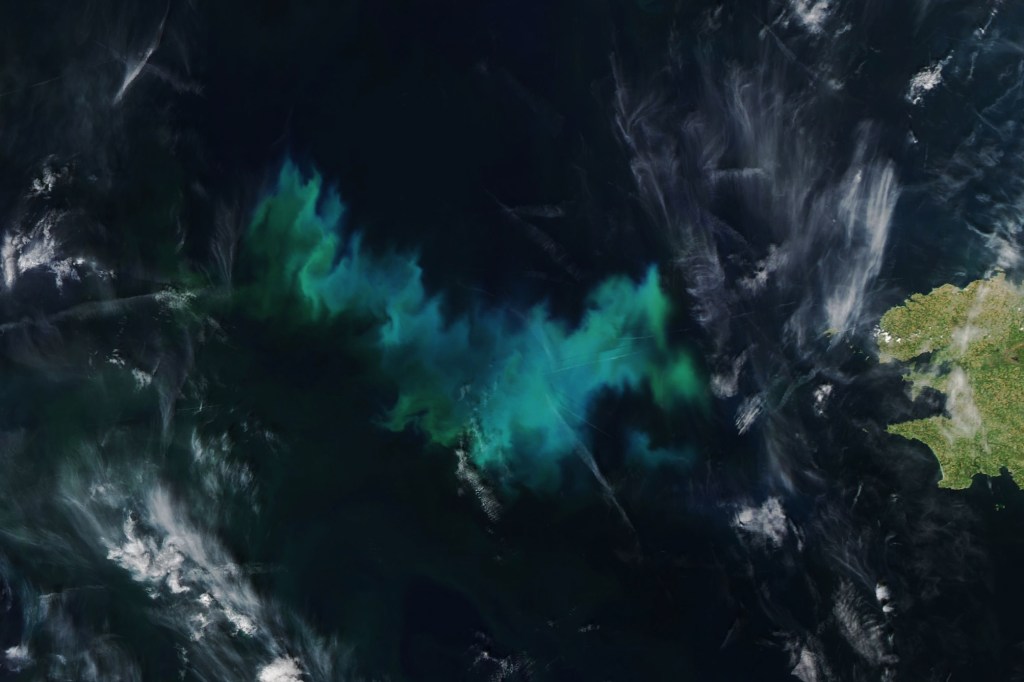
PACE Scientists Take to the Sea and Air (and Really High Air)
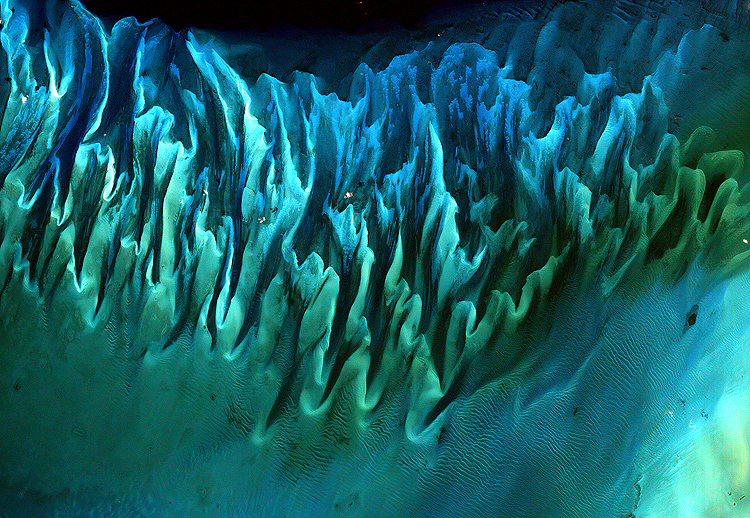
The Saga of Sargassum
The name of the Sargasso Sea stems from the Portuguese word for "small grapes." These small, floating, grape-like plants can cause big problems.
How NASA Helps
-
NASA Joins Jane Goodall to Conserve Chimpanzee Habitats
The Jane Goodall Institute uses data from Landsat and other satellites to empower local communities to drive conservation on their own land by creating habitat suitability maps for chimpanzees.
 The Jane Goodall Institute uses satellite data, including Landsat, to empower local communities to drive chimpanzee habitat conservation.NASA/Jane Goodall Institute
The Jane Goodall Institute uses satellite data, including Landsat, to empower local communities to drive chimpanzee habitat conservation.NASA/Jane Goodall Institute -
NASA Data Helps Beavers Build Back Streams
Beavers, often called "nature's engineers," get help from NASA to mitigate drought and wildfires.
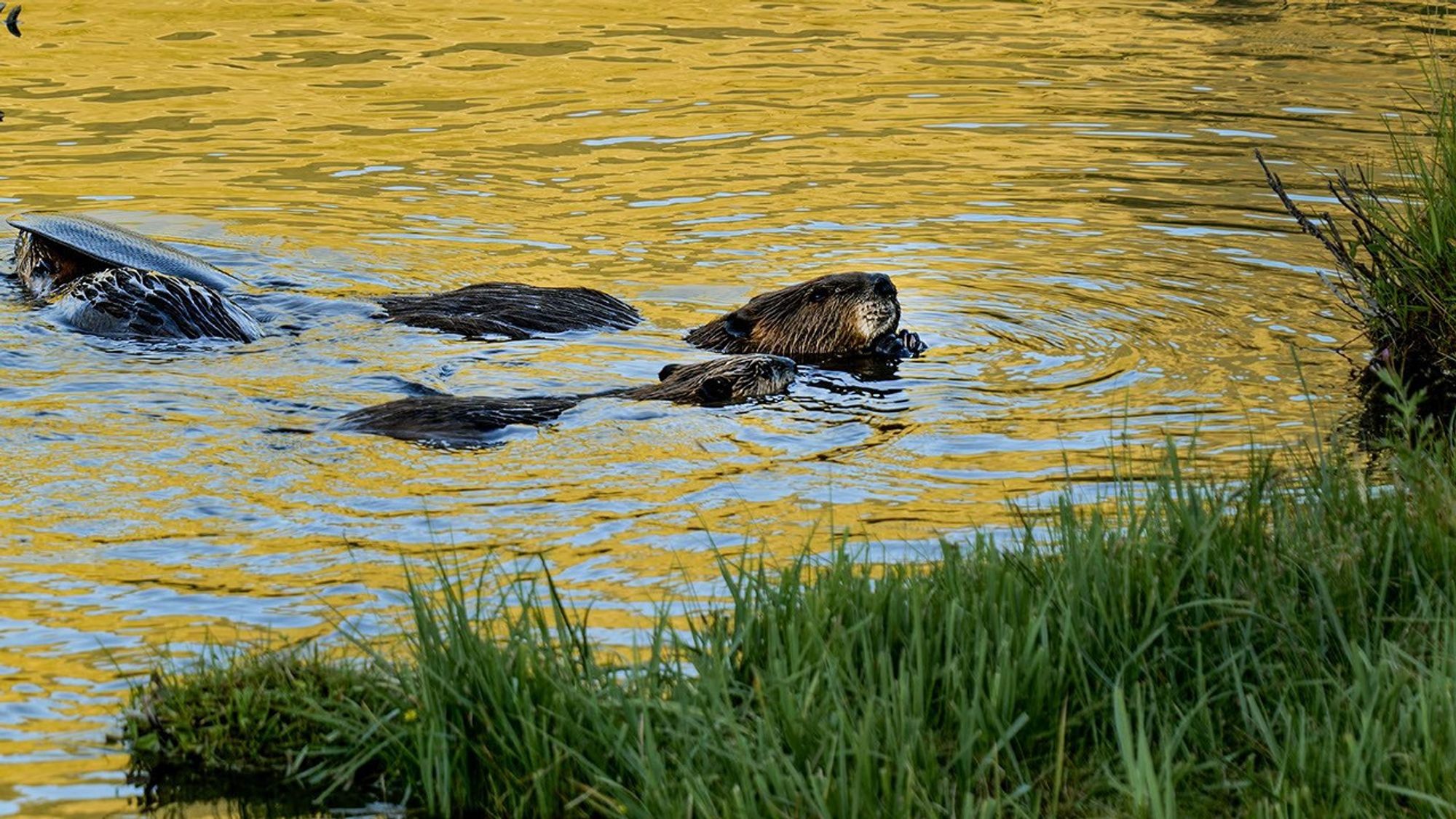 A beaver family nibbles on aspen branches just up Logan Canyon from Utah State University, in Spawn Creek, Utah.Sarah Koenigsberg
A beaver family nibbles on aspen branches just up Logan Canyon from Utah State University, in Spawn Creek, Utah.Sarah Koenigsberg -
Finding Space for Tigers
Tigers are just one of the vulnerable big mammals whose habitats NASA is helping track from space.
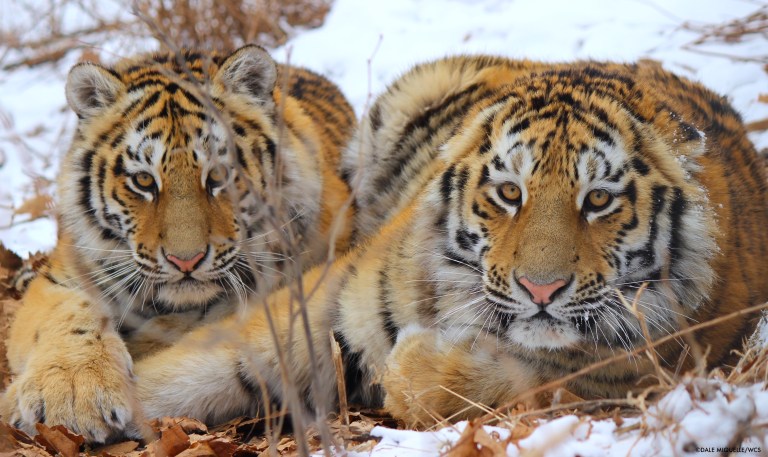 NASA satellites are helping track tiger habitat, offering new insights for conservation as these predators face the consequences of habitat loss.Wildlife Conservation Society / Dale Miquelle
NASA satellites are helping track tiger habitat, offering new insights for conservation as these predators face the consequences of habitat loss.Wildlife Conservation Society / Dale Miquelle
Life on Earth News
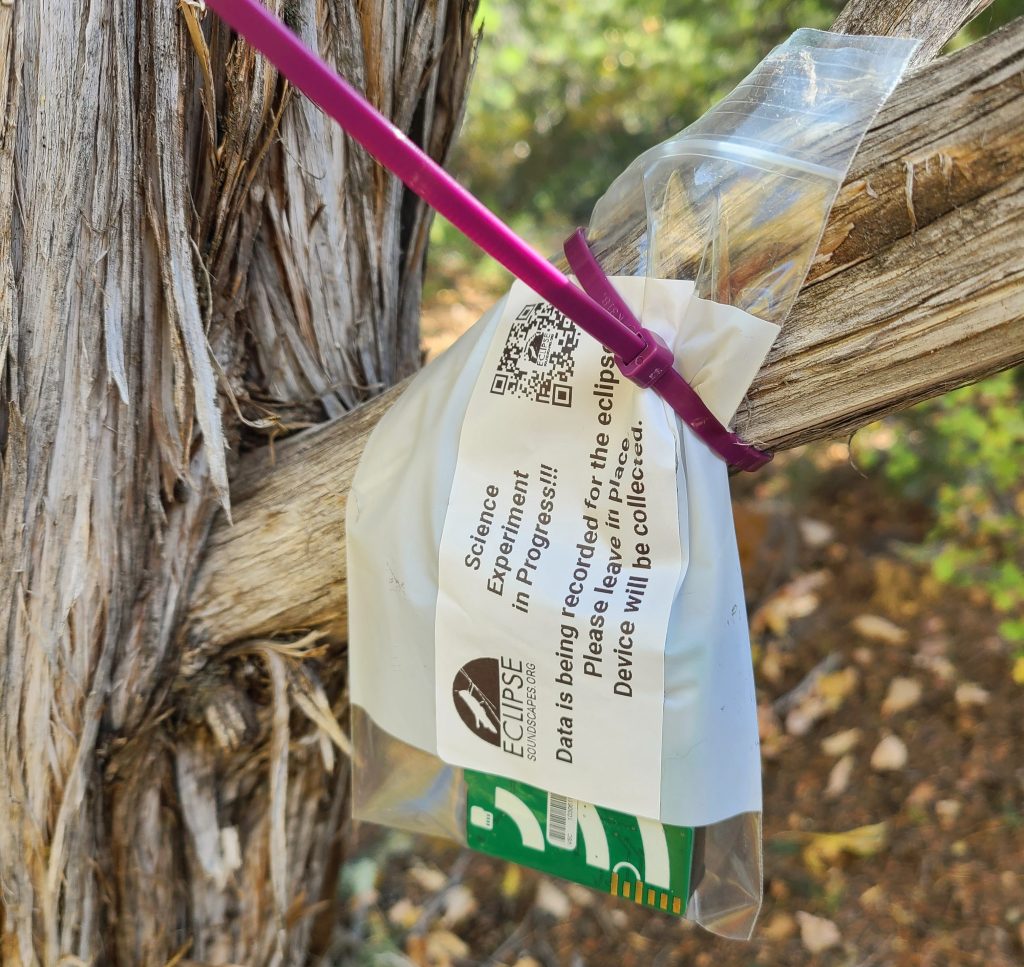
Soundscapes to Landscapes: Monitoring Animal Biodiversity from Space Using Citizen Scientists

Assessing the Nature of the U.S.
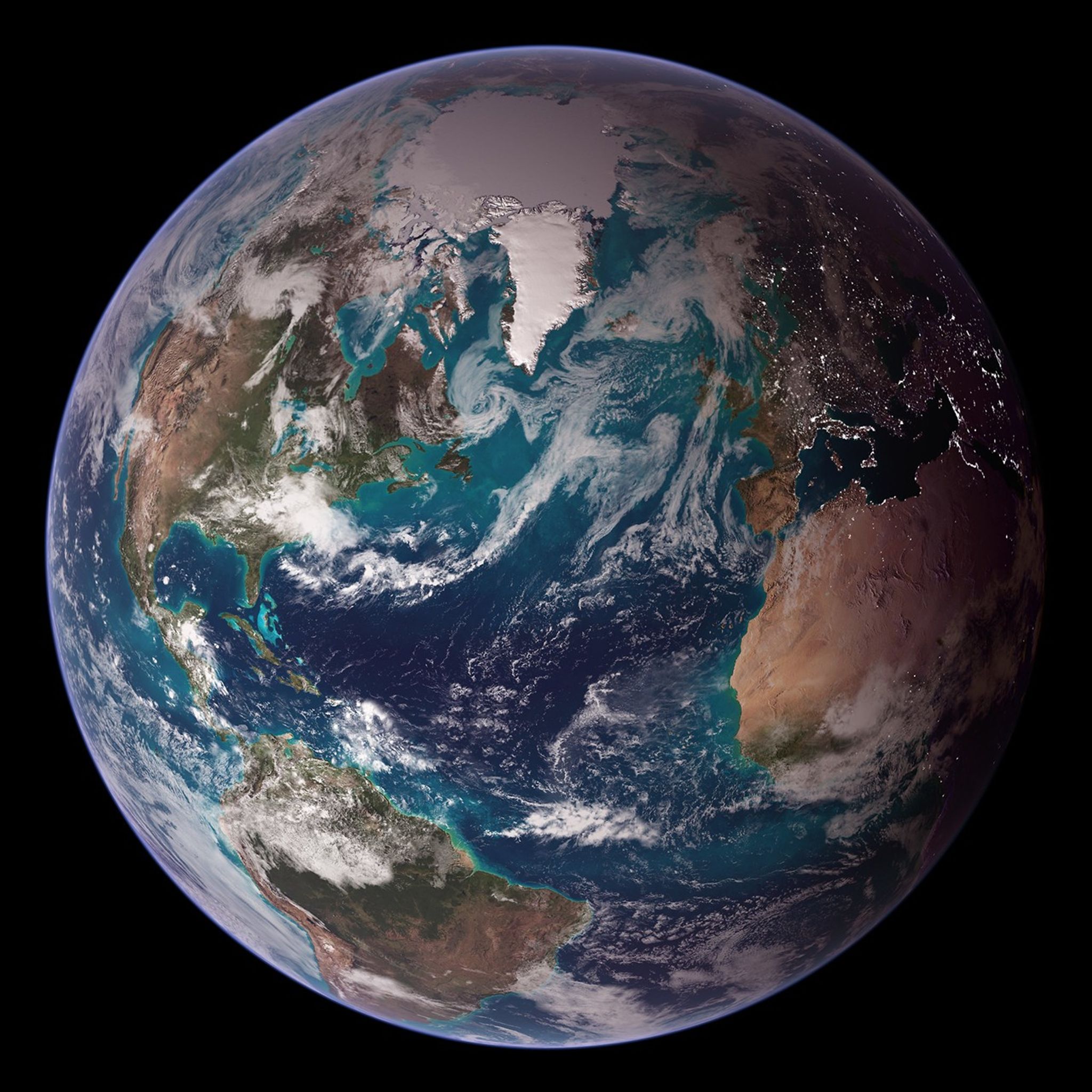
A Global Biodiversity Crisis: How NASA Satellites Help Track Changes to Life on Earth

Animals as Earth System Observers
Show Me the Data
Current Research

Phytoplankton May Be Abundant Under Antarctic Sea Ice, Study Suggests
A decade ago, scientists on a NASA-sponsored ocean expedition found massive populations of phytoplankton blooms beneath sea ice in the Arctic Ocean. Now scientists using underwater instruments and a NASA satellite have found evidence of potentially significant blooms beneath the sea ice encircling Antarctica.
Additional Information

NASA's Ocean Biology and Biogeochemistry Program
The program focuses on describing, understanding, and predicting the biological, ecological, and biogeochemical regimes of the upper ocean, as determined by observation of aquatic optical properties using remote sensing data, including those from space, aircraft, and other suborbital platforms.

NASA's Terrestrial Ecology Program
The program’s research addresses Earth's carbon cycle and ecosystems using space-based observations. The focus is on land-based ecosystems, changes in their structure and functioning, and their roles in supporting human life and maintaining planet Earth's habitability.

























